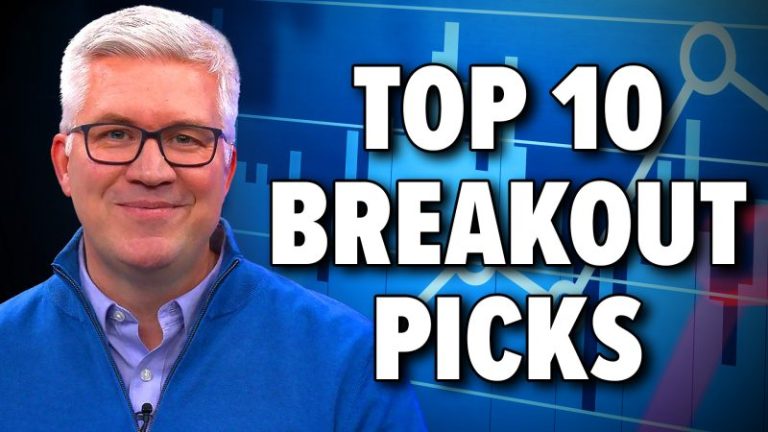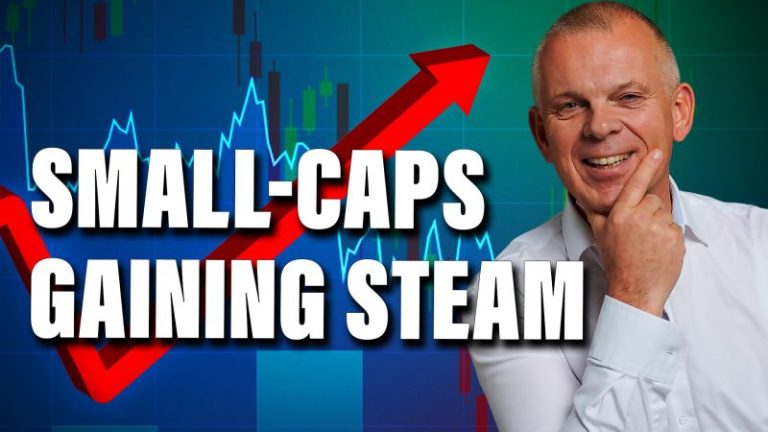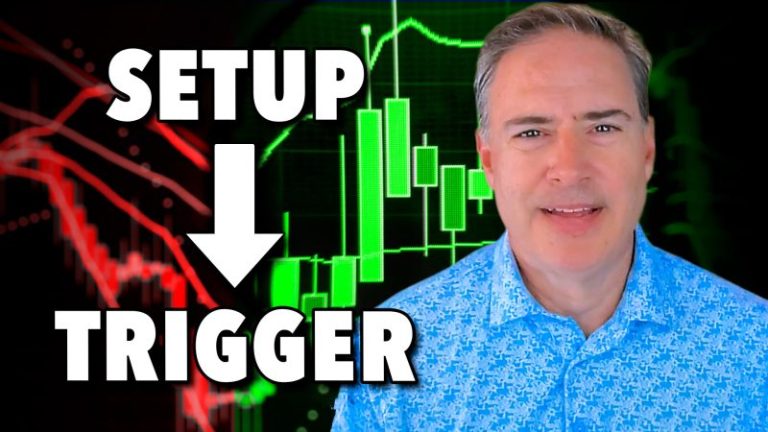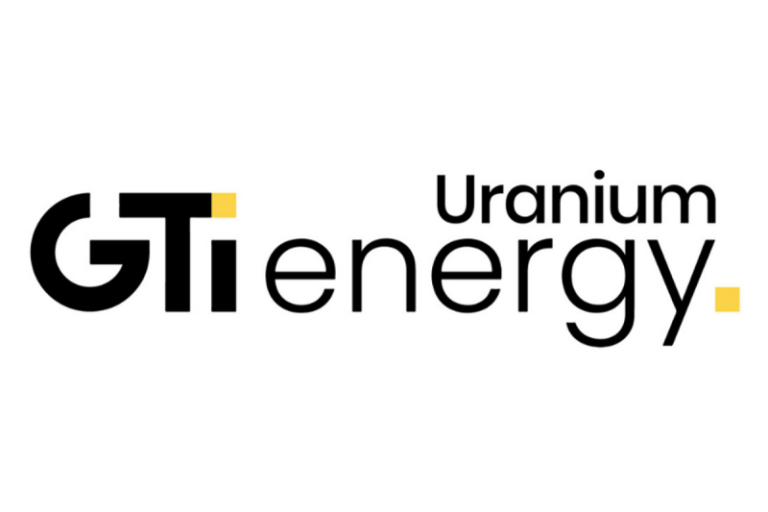Silver is a notoriously volatile metal capable of wide price swings in either direction. However, the metal is also seen by many as a safe-haven investment and a hedge against inflation.
While investing in silver bullion is one popular method for gaining exposure, silver-mining companies offer another route.
Silver-mining companies with strong balance sheets and experienced management teams are able to capitalize on high silver prices and weather the storm of low silver prices. Some of the most profitable silver-mining companies are even able to offer investors dividends, which may be appealing for those who are in it for the long haul.
Dividends are especially attractive in the often-unstable mining sector because they give investors a degree of security — if a company pays a dividend, it generally feels that it has the cash to do so and believes it will have the ongoing profits it needs to keep those payments coming.
There are several dividend-paying silver stocks for investors to choose from. The companies below are ordered by dividend yield, and all data is current as of June 19, 2025.
1. Fresnillo (LSE:FRES,OTC Pink:FNLPF)
LSE market cap: GBP 10.66 billion
Dividend yield: 1.71 percent
Major miner Fresnillo bills itself as the world’s leading primary silver producer and a significant gold producer. Its precious metals operations are all located in Mexico, including the Fresnillo mine, which is the largest primary silver mine in the world. It also holds a portfolio of exploration prospects in the country and silver streaming contracts.
Fresnillo’s attributable output from its mines for the full 2024 year came to 56.3 million ounces of silver and 610,646 ounces of gold. The company’s reported mine production for the the first quarter of 2025 comes to 12.4 million ounces of silver and 156,100 ounces of gold.
Dividends from the company are paid in pounds sterling unless shareholders elect to be paid in US dollars. This silver stock pays two dividends per year, with the dividend split unevenly between the two; one third is paid in the interim dividend and two-thirds in the final dividend. Its dividend policy takes business profitability and underlying earnings growth into account, as well as capital requirements and cash flow.
Most recently, Fresnillo paid its 2024 final dividend of 19.6521 pence, or US$0.261, on May 30, 2025. Additionally, due to its 2024 financial performance, including revenue growth of 26.9 percent, the company paid a special one-off dividend of 31.4736 pence, or US$0.418 per share, the same day. This made 2024 Fresnillo’s highest recorded dividend payout year yet.
2. Pan American Silver (TSX:PAAS,NYSE:PAAS)
TSX market cap: C$14.39 billion
NYSE market cap: US$10.55 billion
Dividend yield: 1.41 percent
Founded by Ross Beaty in 1994, Pan American Silver currently operates four primary silver mines, which are located in Mexico, Peru, Bolivia and Argentina. It also has a portfolio of gold mines produce silver as a by-product.
The company’s 2024 silver production came in at 21.1 million ounces alongside 892,000 ounces of gold. For Q1 this year, output reached a total of 5 million ounces of silver and 182,200 ounces of gold.
In May, Pan American announced a definitive agreement to acquire silver producer MAG Silver (TSX:MAG,NYSEAMERICAN:MAG), which owns a 44 percent interest in the large-scale, high-grade Juanicipio mine, operated by Fresnillo.
The highest dividend Pan American has ever paid is US$0.125 per share, and it was able to pay a dividend of that amount a noteworthy nine times in a row between March 18, 2013, and March 13, 2015. The silver stock paid its most recent quarterly dividend on June 2, 2025, at US$0.10 per share.
3. Wheaton Precious Metals (TSX:WPM,NYSE:WPM)
TSX market cap: C$56.63 billion
NYSE market cap: US$41.58 billion
Dividend yield: 0.71 percent
Wheaton Precious Metals is a well-known name in the silver space largely because of its business model — it is the world’s biggest precious metals streaming company.
Streaming companies operate differently from miners, making upfront payments to a variety of metals companies in order to gain the right to purchase all or a portion of their metal production at a low, fixed cost.
The company currently has streaming agreements in place for 18 operating mines and 28 development-stage projects. It is interested in companies operating in politically stable jurisdictions, and states that its value should rise with the price of silver and gold. As a result, Wheaton sees itself offering investors multiple benefits while reducing many of the downside risks that traditional miners face.
Wheaton pays a quarterly dividend. So far in 2025, it has already made two dividend payments of US$0.165 per share, with the latest payment on June 10, 2025.
4. Silvercorp Metals (TSX:SVM)
TSX market cap: C$1.29 billion
NYSE market cap: US$950.85 million
Dividend yield: 0.59 percent
Silvercorp Metals operates the Gaocheng and Ying silver-mining operations in China, and is also focused on acquiring and growing underdeveloped projects with high upside.
Its silver production for its 2025 fiscal year ended March 31 came in at approximately 6.95 million ounces, and the company also produced 7,495 ounces of gold. The company’s 2026 production guidance is set at 7.38 million to 7.6 million ounces of silver and 9,100 to 10,400 ounces of gold.
Silvercorp offers shareholders a semiannual dividend, which it states is “based on a number of factors including commodity prices, market conditions, financial results, cash flows from operations, expected cash requirements and other relevant factors.” Its most recent dividend was paid on June 26, 2025, at a rate of US$0.0125 per share.
5. Hecla Mining Company (NYSE:HL)
NYSE market cap: US$3.76 billion
Dividend yield: 0.59 percent
Last on this list of silver stocks that pay dividends is Hecla Mining Company, which wholly owns and operates four mines and has a large exploration portfolio. The oldest precious metals miner in North America, Hecla is also the largest primary silver producer in the US and Canada and the third largest in the world.
In the US, Hecla operates the Greens Creek and Lucky Friday silver mines, located in Alaska and Idaho respectively. As for Canada, Hecla has the Keno Hill silver mine in the Yukon’s Keno Hill silver district, which is home to some of the world’s highest silver grades, as well as the Casa Berardi gold-silver mine in Québec.
Hecla reported 2024 production of 16.2 million ounces of silver, the second highest in the company’s history, and 142,000 ounces of gold. As for Q1 2025, the company produced 4.1 million ounces of silver and 34,242 ounces of gold.
Hecla pays an annual minimum common stock dividend, distributing it on a quarterly basis. Its dividends previously included a silver-linked component, but the company removed this in February 2025 in part to refocus the capital on growth opportunities.
Currently, the company’s annual minimum common stock dividend is set at US$0.015 per share, divided into quarterly payments of US$0.00375. Its most recent payment was on June 10, 2025.
Hecla also pays a quarterly US$0.875 per share dividend for its Series B cumulative convertible preferred stock, which it states is typically paid on January 1, April 1, July 1 and October 1.
FAQs for silver dividend stocks
What are dividend stocks?
Dividend stocks regularly pay a sum of money to a class of shareholders out of the company’s earnings. To qualify for a dividend payout, an investor must have owned the stock on the ex-dividend date.
Dividends are often issued as cash payments sent to a shareholder’s brokerage account, but can also be issued as stock or discounts on share purchases.
How to invest in dividend stocks?
You can invest in dividend-paying stocks through a stock broker or stock platform, and a stock broker can offer advice on how to take advantage of companies offering dividend programs. Some dividend stocks may also offer a dividend reinvestment program, allowing shareholders to automatically buy new shares with their dividends, either commission-free or at a reduced cost.
How much do dividend stocks pay?
A company’s board of directors is responsible for setting a dividend policy and will determine the size of the dividend payout based on the firm’s long-term revenue outlook.
The size of an individual shareholder’s dividend payout depends on the number of shares owned in that company. For example, if an investor owned 1,000 shares of Wheaton Precious Metals, which is currently paying a dividend of US$0.165 per share, they would get US$165 every quarter, totaling US$660 annually.
What silver ETFs pay dividends?
There are no physical backed Silver ETFs with dividends. However, ETFs that track dividend-paying silver stocks such as those listed above may offer the potential for dividend income. A few examples of are Global X Silver Miners ETF (ARCA:SIL), and iShares MSCI Global Silver and Metals Miners ETF (BATS:SLVP).
Securities Disclosure: I, Melissa Pistilli, hold no direct investment interest in any company mentioned in this article.
This post appeared first on investingnews.com










